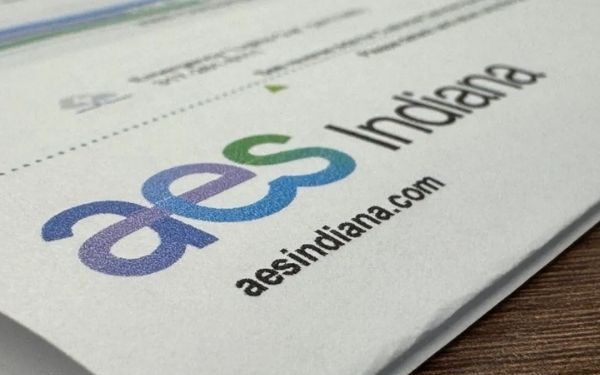Indianapolis residents packed an Indiana Utility Regulatory Commission field hearing on Aug. 21, 2025, demanding state officials deny AES Indiana’s proposal to raise electric bills by nearly 13.5%.
Among them was Darcy Staser, a 51-year-old dialysis clinic secretary, who pleaded with regulators not to approve the hike. Staser revealed her power has been shut off since late May after she prioritized car repairs and mortgage payments over her electric bill.
“Basically living with battery-powered lamps and fans,” Staser said, sharing that she already owes $2,000 before learning AES wants to increase rates. The company claims rising material and labor costs justify the request, which could add about $21 per month to the bill of a household using 1,000 kilowatt hours.
Growing Frustration Over Rising Costs
Dozens testified at the Fountain Square community center, many accusing AES of greed.
“I’m concerned that this rate increase is fully because of profit motive,” said Lucas Waterfill, a 34-year-old Twin Aire resident.
Others criticized AES for charging more despite frequent power outages.
“Asking us to pay more for an unreliable service is fundamentally unfair,” said Clark Mathes, a 73-year-old Bates-Hendricks Neighborhood Association member.
The hearing also saw acts of compassion. After Staser spoke, two strangers offered to pay off her balance, including Michele DiPlotti, 59, who said, “I just care about people.”
Why AES Says It Needs Higher Rates
AES already has the highest approved profit margin among Indiana’s investor-owned utilities at 9.9%, but the company wants to raise it to 10.7%. Consumer advocates estimate that would generate $417 million in profits by 2026.
The company plans to implement the increase in two phases — 7.5% first, followed by 6%.
Critics highlighted executive pay as another concern. Andrés Gluski, CEO of AES’s parent company, earned $13.4 million in 2024, according to the American Federation of Labor.
“And here you’re asking residents of Indianapolis to subsidize and take on more,” said Jen Ward, a 50-year-old Franklin Township resident.
Bigger Increases Could Be Coming
The current request isn’t the only factor driving up bills. Combined with a previously approved hike, the Citizens Action Coalition estimates the average AES customer could pay $31 more per month by the end of 2026.
Kristin Jones, a City-County Councilor representing parts of downtown and the near southwest side, urged regulators to protect residents.
“Please,” she said, “do not do this to us.”
What’s Next
The Indiana Utility Regulatory Commission (IURC), a five-member board appointed by governors, will decide whether AES can move forward. A final ruling is expected in spring 2026.
There’s one more field hearing scheduled for residents to share feedback. Additionally, written comments can be submitted to the IURC until Sept. 2, 2025.
The Indiana Office of Utility Consumer Counselor continues to represent the public in this rate case.
This article has been carefully fact-checked by our editorial team to ensure accuracy and eliminate any misleading information. We are committed to maintaining the highest standards of integrity in our content.









